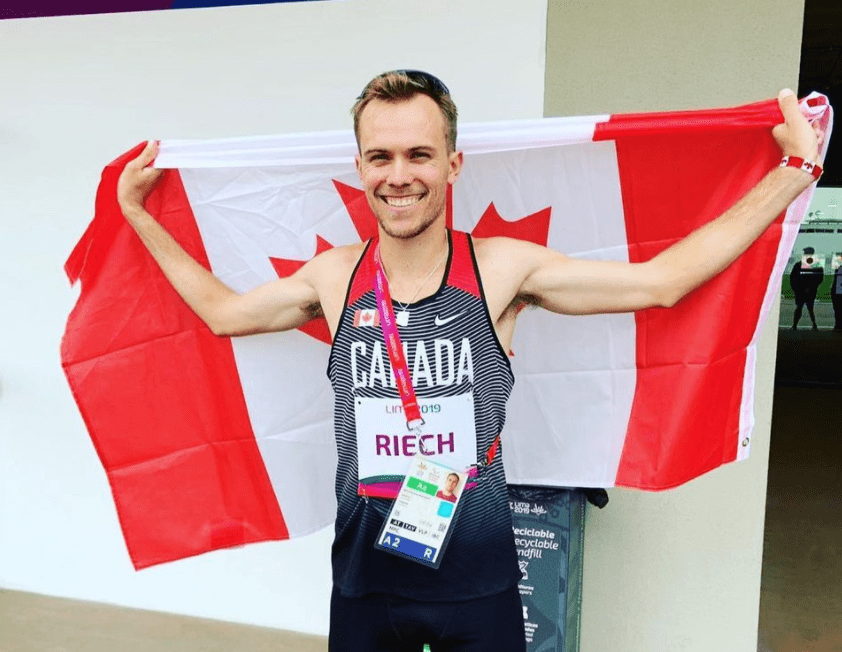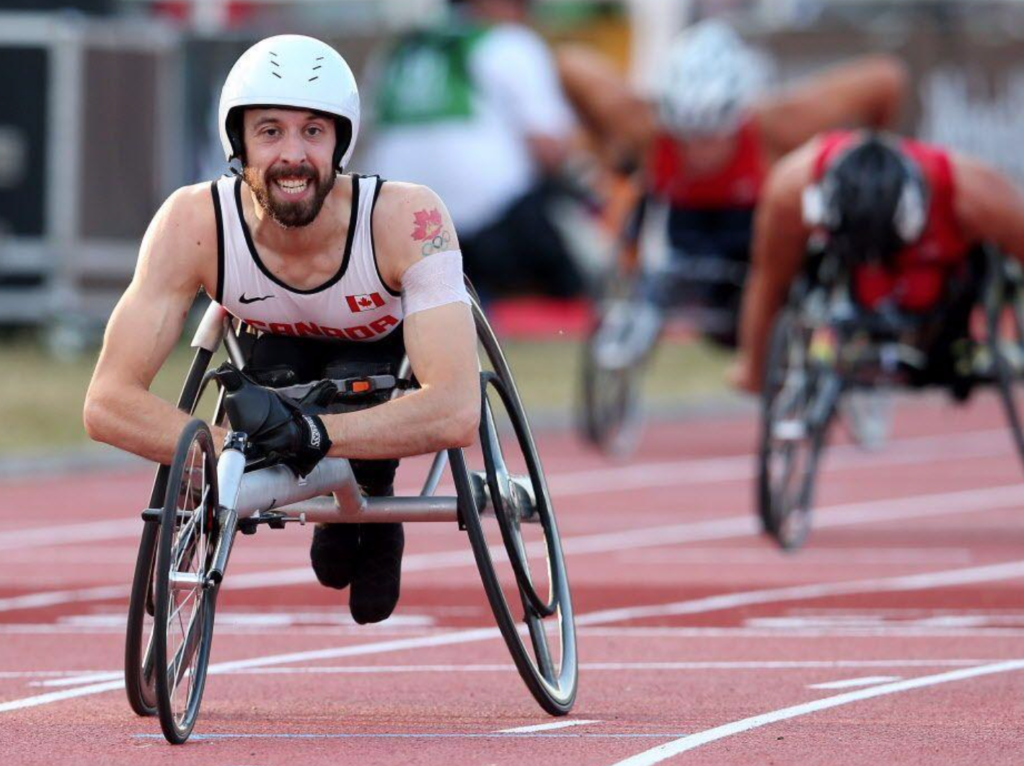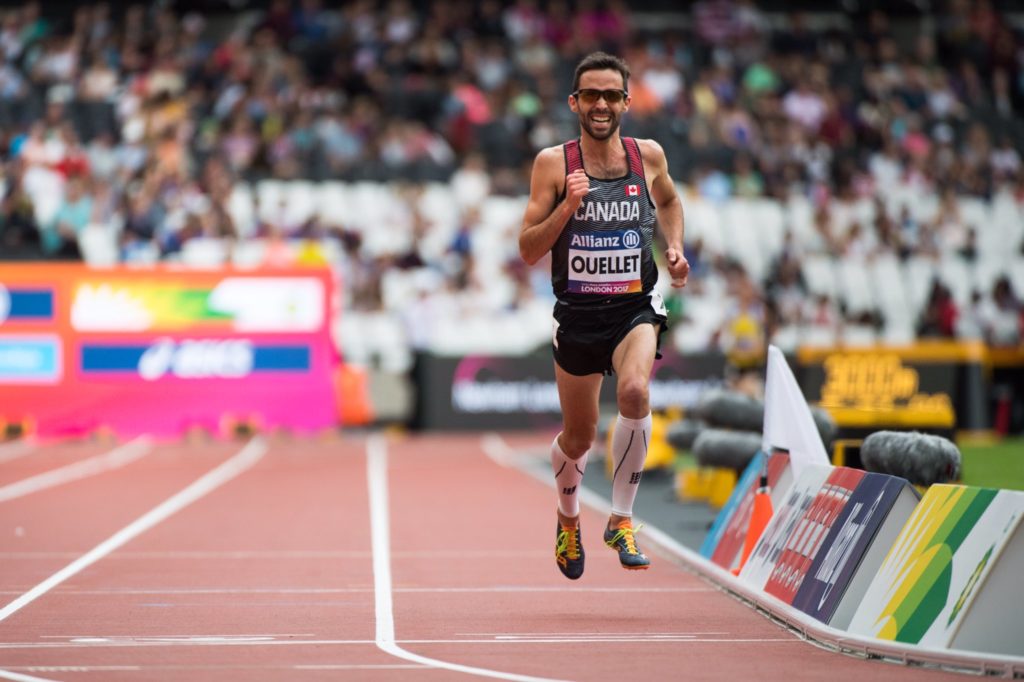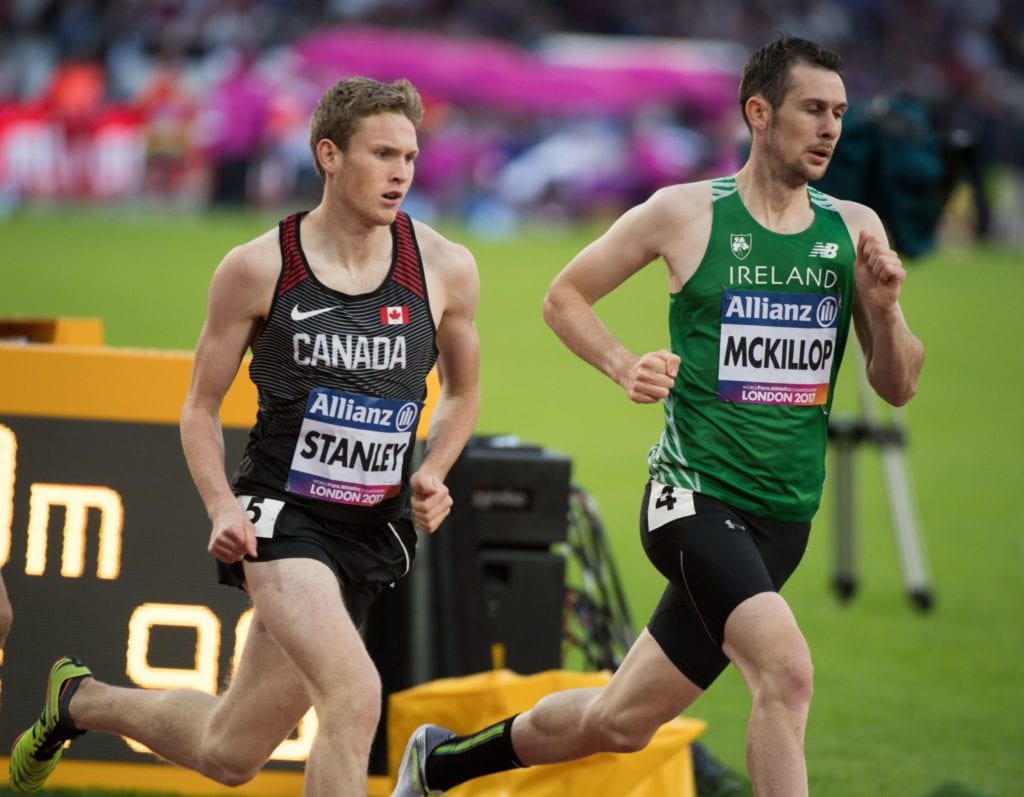Canadian Paralympians fit and ready for Tokyo 2020
Watch for athletes like Nate Riech, Brent Lakatos and Marissa Papconstantinou to bring home some hardware

The Paralympics kick off on Aug. 24, with 16 athletes representing Canada in athletics, which start on Aug. 27. By definition, these athletes have overcome more than most in their journeys to Tokyo. Here’s some background on our Canadian Paralympians and when they’re performing.
RELATED: Canada announces Paralympic team for Tokyo 2020
Jessica Frotten (T-53, 400m to 5,000m)
Frotten won two bronze medals at the 2015 Pan Am Games in Toronto and will be competing in the T-53 wheelchair distances from 400m through 5,000m in Tokyo, beginning on Aug. 28 with the 5,000.
Marissa Papaconstantinou (T-64, 100m to 200m)
This will be Papaconstantinou’s second Paralympic Games, after competing in her first in Rio at age 16. She has the Canadian record in the T-64 100m (13.15), but in 2019 dealt with a torn hamstring that kept her out of competition. Papaconstantinou will be competing in the 200m on Aug. 31 and the 100m on Sept. 3.
https://www.instagram.com/p/CR9ed2trQwI/
Brent Lakatos (T-53, 100m to marathon)
Lakatos added four Paralympic medals to his resume at Rio 2016. More recently, he won the para race at the 2018 Berlin Marathon and the 2020 London Marathon. Lakatos will have his eyes on the podium once again in Tokyo, competing across six events. His Paralympic journey will start with the 5,000m on Aug. 28, 400m on Aug. 29, 1,500m on Aug. 31, 100m on Sept. 1, 800m on Sept. 2, and lastly the Paralympic marathon on Sept. 5.

Zachary Gingras ( T-38, 400m)
Gingras will make his Paralympic debut in Tokyo in the men’s 400m. He has had success at his young age on the world stage, so far picking up a silver medal in the 400m at the 2019 Para Pan Am Games in Peru. Gingras will be competing on Sept. 1 in the 400m.
Austin Ingram (T-13, 100m)
Ingram was fourth at World Championships in 2019 and holds the Canadian national record in the 100m and 200m. Ingram will compete in the 100m on Aug. 29 and will be looking for redemption on the biggest stage.
https://www.instagram.com/p/CR9dUy9lSBZ/
Thomas Normandeau (T-47, 400m)
This will be Normandeau’s first Paralympic Games, as he just learned about the sport in 2018. He has found success early in the sport, placing sixth at the Para Pan Am Games in 2019. Normandeau will compete in the 400m on Sept. 4.
RELATED: Multiple world records fall at Para World Championships in Dubai
Guillaume Ouellet (T-13) (5,000m)
After a heartbreaking fourth-place finish in Rio, Ouellet is ready to go for gold. He won the 5,000m at the Para-Pan Am Games in 2019 and looks to continue his recent success in Tokyo. Ouellet will compete on Aug. 28 in the 5,000m.

Nate Riech (T-38, 1,500m)
Riech is the world record holder in the 1,500m and 800m across T-38 events and he is the reigning world and Para Pan Am champ in the 1,500m distance. Riech is the favourite for the gold medal in his event and competes on Sept. 4.
RELATED: The Rundown: Para world champ Nate Riech on smashing records, redefining limits, and the hunt for Tokyo gold
Liam Stanley (T-38, 1,500m)
Stanley is the world record holder over 5,000m and is the second-fastest Canadian to his compatriot and rival Riech. Stanley is also a member of Canada’s national para soccer team. Stanley and Riech will battle it out in the 1,500m on Sept. 4.

Austin Smeenk (T-34, 800m)
Tokyo will mark Smeenk’s first Paralympic Games, after reaching the final in the 800m at the 2019 World Championships. Smeenk is set to compete in the 800m on Sept. 4.
https://www.instagram.com/p/CSjgaKlLFwN/
In Para-athletics, athletes are classified according to the degree of limitation resulting from their impairment.
T51 through T54 refer to athletes who compete in a wheelchair. The lower the number, the higher the degree of activity limitation.
T45 through T47 refer to athletes with an upper limb loss or limitation who compete while standing.
T32 through T34 refer to athletes with athetosis, ataxia and/or hypertonia who compete in a wheelchair. T35 through T38 refer to athletes with athetosis, ataxia and/or hypertonia who compete in a standing position.
T11 refers to athletes who are blind. T12 refers to athletes with very limited vision, and T13 refers to athletes with limited vision.
For more information on para-athlete classification, click here.
CBC will live coverage all throughout the Paralympics. Twelve events will be live-streamed every day on CBCSports.ca and CBC Gem. Check out the full broadcast coverage plan here.


